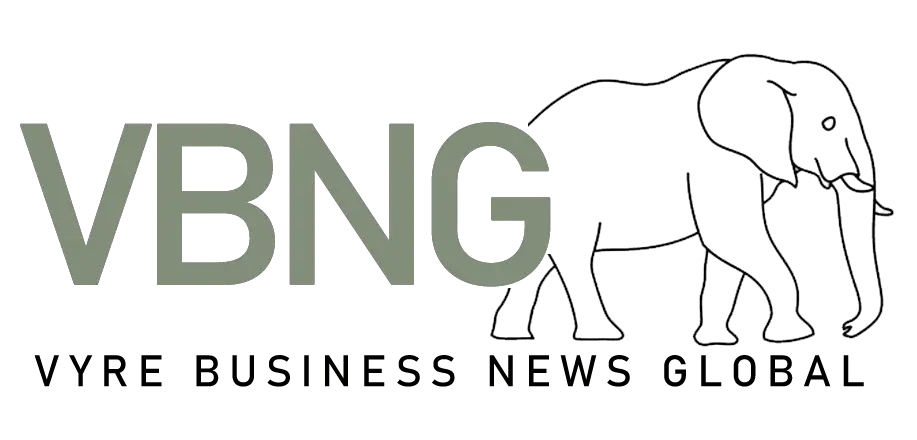Mortgage demand from homebuyers in the U.S. barely shifted last week despite some easing in interest rates, highlighting ongoing uncertainty in the housing market. The average rate on a 30-year fixed mortgage in the U.S. inched down slightly but remains elevated compared to historical lows, keeping many prospective buyers on the sidelines.
According to data from the Mortgage Bankers Association, applications for home purchase mortgages declined by 3% last week compared to the previous week, even though they were still 14% higher than the same week a year ago. This modest drop comes amid a slight decrease in average mortgage rates, which fell to their lowest point since April but remain close to 6.8% for a 30-year fixed loan.
The average interest rate on a 30-year fixed mortgage was reported at approximately 6.81% APR on June 25, 2025, a small decline from 6.83% the day before. Meanwhile, 15-year fixed rates held steady near 5.89%, and rates on 5-year adjustable-rate mortgages ticked up to around 7.25% APR. This rate environment reflects a market that is neither moving sharply up nor down, as investors weigh economic data and Federal Reserve signals.
Refinance activity tells a similar story. While refinancing applications were 29% higher than last year, this increase is coming off a very low baseline. In fact, refinance applications dropped by 2% last week despite the relatively favorable rates. The average refinance rate on a 30-year fixed mortgage was about 6.86%, according to Zillow data reviewed by Fortune. Other refinance rates varied by loan type, with 20-year fixed loans at 6.51% and 15-year fixed loans near 5.89%.
This muted response to lower rates is largely attributed to weak consumer confidence and economic uncertainty. Joel Kan, Vice President and Deputy Chief Economist at the Mortgage Bankers Association, noted that despite the drop in rates, ongoing geopolitical tensions and tariff concerns have kept potential homebuyers cautious. Federal Reserve Chair Jerome Powell’s recent comments also reflected a cautious approach, indicating the Fed is in a wait-and-see mode but open to cutting rates if economic data warrants it. Such a move could push mortgage rates lower in the future.
Mortgage rates have hovered near 7% for much of the past year, a stark contrast to the record lows seen during the pandemic when rates dropped below 3%. The current levels reflect a new normal shaped by inflation control efforts and a more cautious lending environment. Experts do not expect rates to return to the ultra-low levels of early 2021 but see rates around 6% as achievable if inflation remains in check and economic conditions improve.
For homeowners considering refinancing, the decision remains complex. Refinancing can lower monthly payments or allow access to home equity but requires meeting lender criteria, including creditworthiness and debt-to-income ratios. The current refinance rates, while better than a year ago, still represent a significant cost compared to the historic lows of recent years.
Mortgage demand is steady but subdued, with rates holding near their lowest point since April. The market appears to be waiting for clearer signals from the economy and the Federal Reserve before making significant moves.

